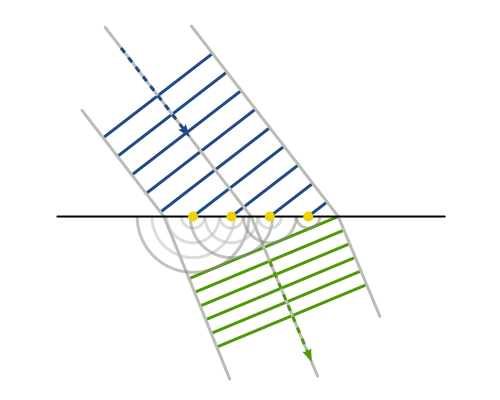Velocity is a vector, so it has direction. Speed is the magnitude of velocity, so it doesn't have direction.Speed is the rate of motion, or the rate of change of position. It is expressed as distance moved (d) per unit of time(t). Speed is a scalar quantity with dimensions distance/time. Speed is measured in the same physical units of measurement as velocity, but does not contain an element of direction. Speed is thus the magnitude component of velocity. Velocity contains both the magnitude and direction components.
My question is, since blue light is displaced more than red, through a medium, the blue light has traveled farther distance, so why would we say that blue light travels slower in a medium. Since it traveled farther in the same amount of time?
Wouldn’t that indicate that it traveled faster in a medium?



